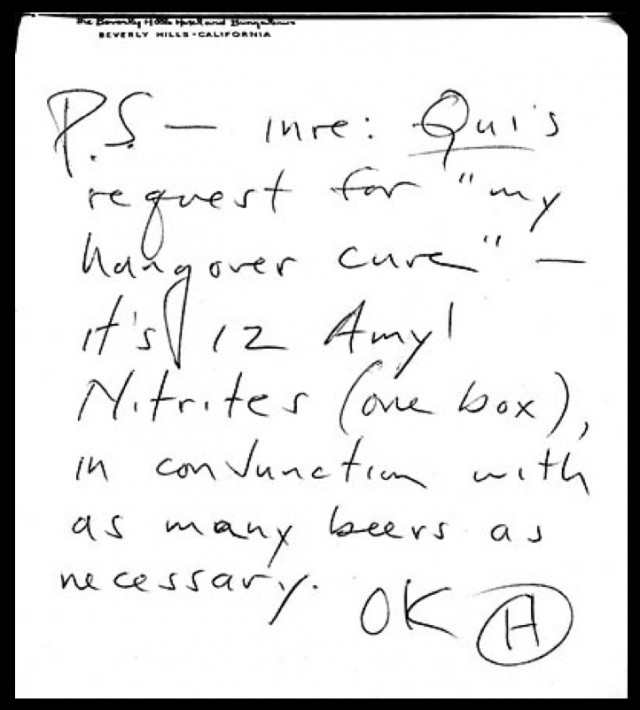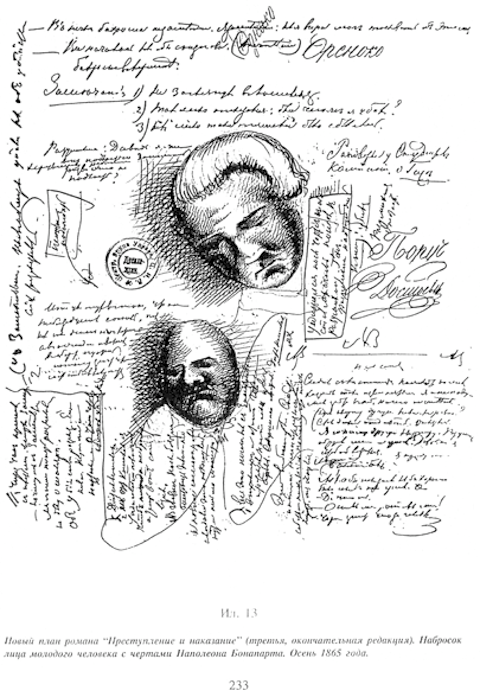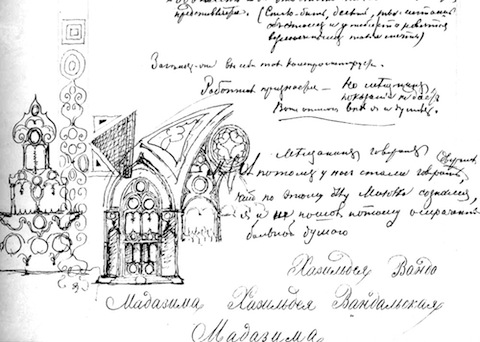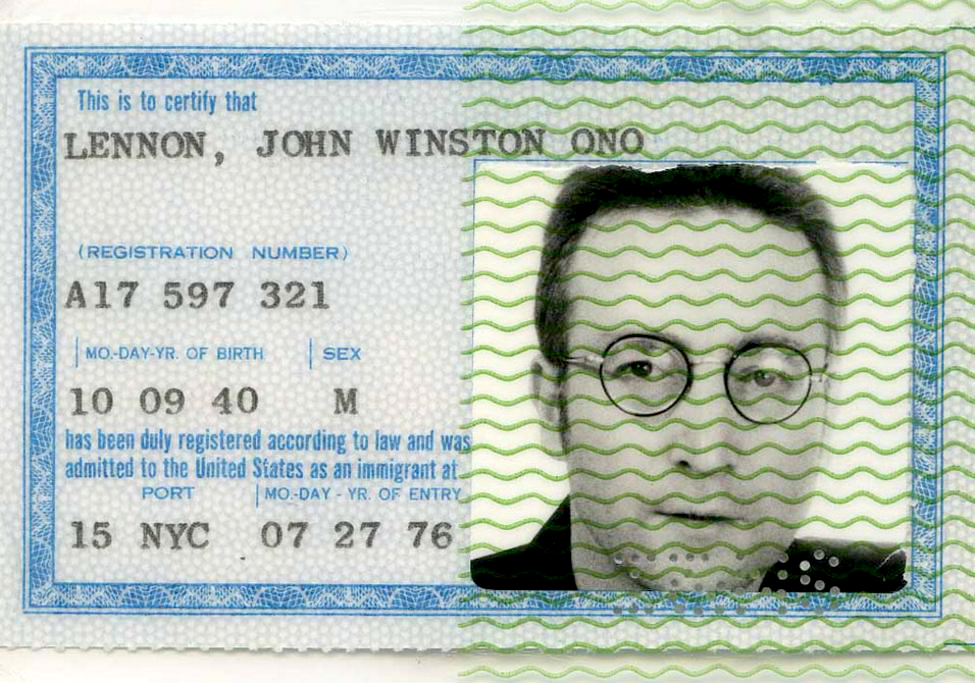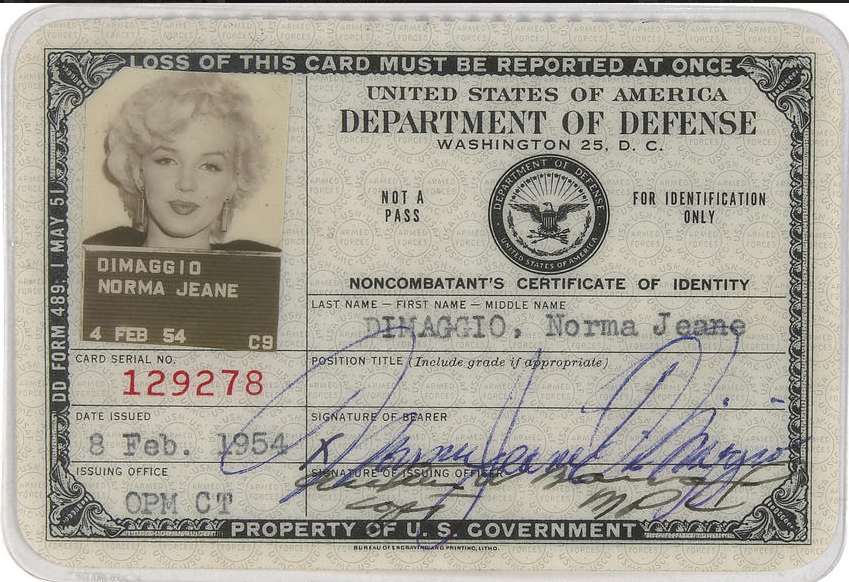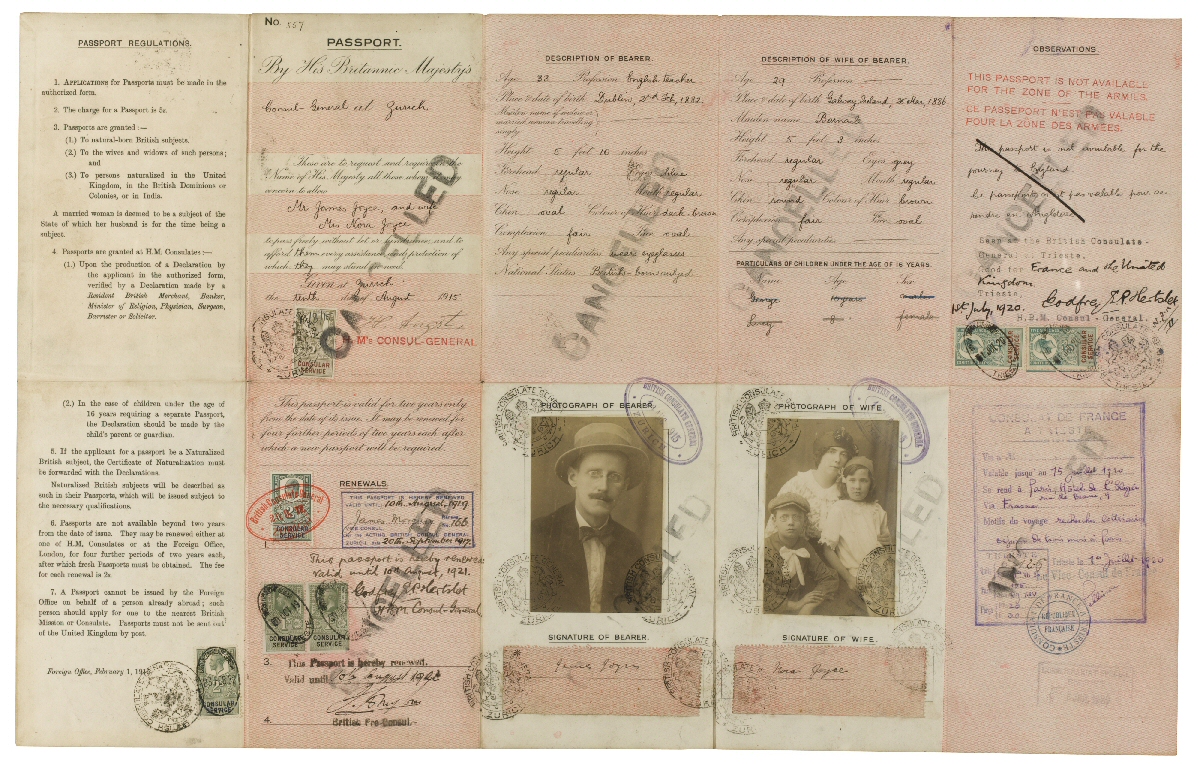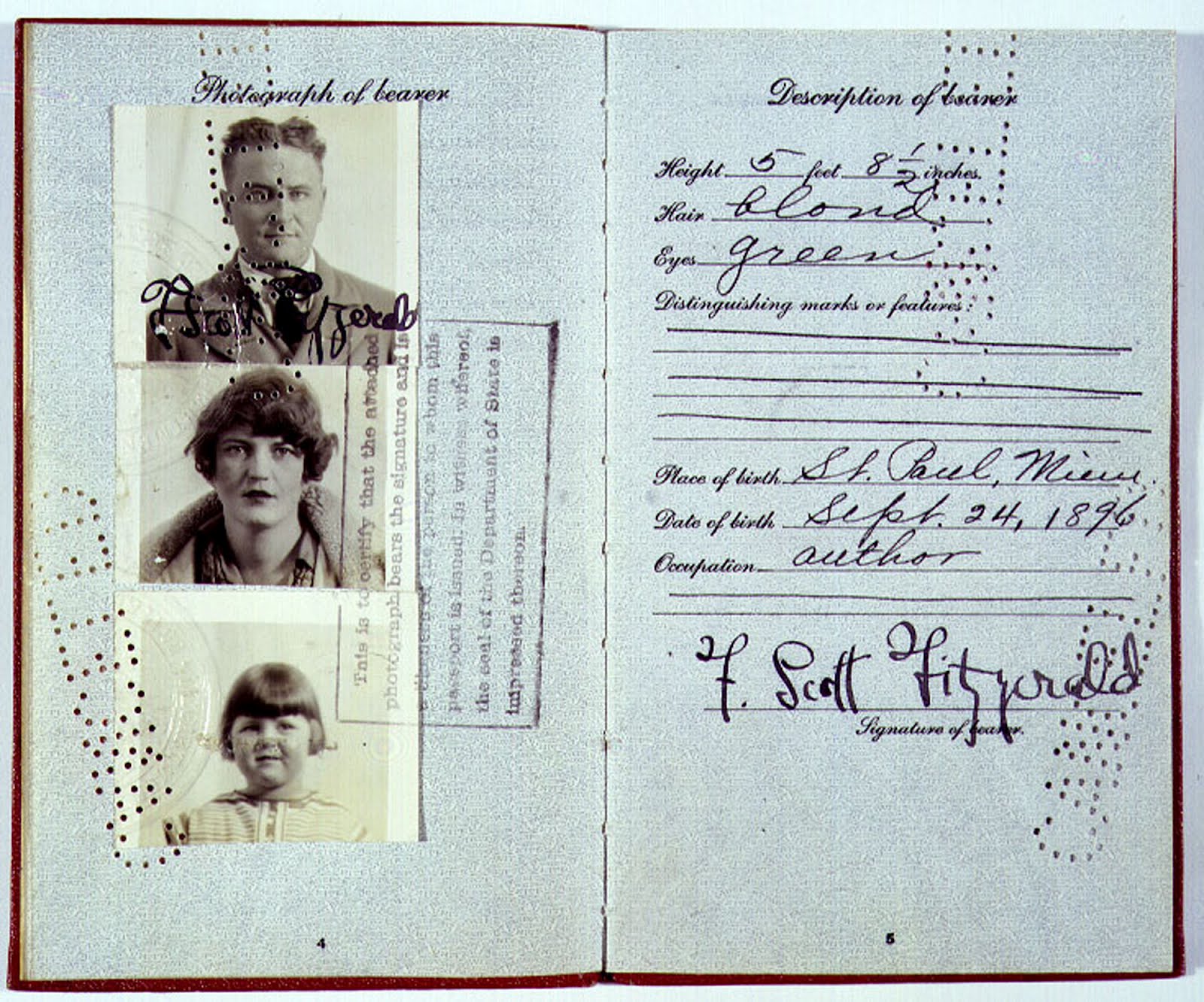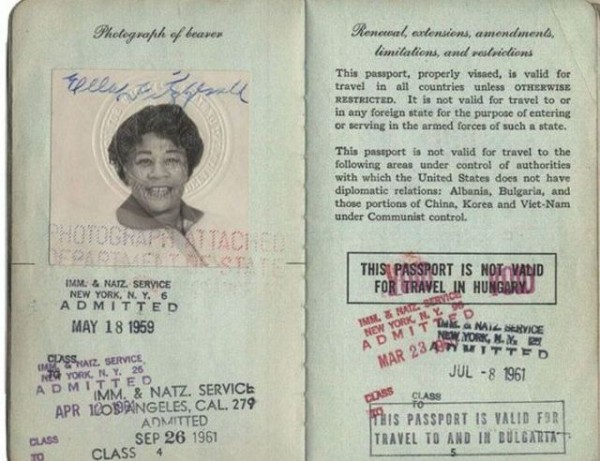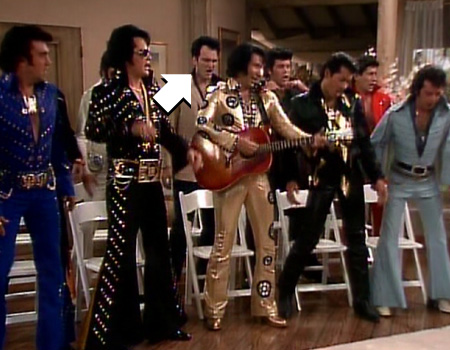A theory of merit states that Neil Young reinvents himself every 10 years or so, but the work in-between isn’t always pretty. Yet for an artist with a somewhat limited range, he remains one of the most interesting singers and songwriters in rock and roll well over four decades after his start. Young once played guitar in a garage band with Rick James in 1965 called the Mynah Birds; released a surprisingly listenable electro album in 1982 complete with Giorgio Morodor-like synths and vocoders; and last year, recorded a collection of folk standards like “Oh, Susanna” and “She’ll Be Coming ‘Round the Mountain” in the style of 1979’s Rust Never Sleeps (an album, Paul Nelson wrote at the time, that “burns [rock & roll] to the ground”). In-between the stylistic leaps and innovations are some painfully mediocre albums and some that define, or rather redefine, genres. One of the latter, Young’s 1972 Harvest picked up and refined the folk-rock of his first band Buffalo Springfield’s self-titled 1966 debut—an album widely credited with the creation of folk-rock.
Harvest—by any account one of Young’s best albums and the highest-selling of ’72—produced “Heart of Gold,” “Old Man,” and, indirectly led to Lynyrd Skynyrd’s “Sweet Home Alabama” (written in response to Harvest’s anti-segregation rocker, “Alabama”). It’s a surprisingly quiet album for the impact it’s had, and it set the standard for later folk-acoustic Young albums like 1992’s Harvest Moon and 2000’s Silver & Gold. And as much as Young can destroy a venue with a full-on electric attack (even now!), he can mesmerize an audience with just an acoustic guitar, piano, harmonica, and casual banter, even while playing a suite of songs they’d never heard before. See him do so above in a 1971 concert live at the BBC’s Shepherds Bush Empire Theatre. Young plays four songs that would appear on Harvest: “Out on the Weekend,” “Old Man,” “Heart of Gold,” and “A Man Needs a Maid.” He also does “Journey Through the Past” and “Love in Mind,” which would appear two years later on the bleak 1973 Time Fades Away, and “Don’t Let it Bring You Down,” a song from 1970’s brilliant After the Gold Rush. Young performed the last song, “Dance Dance Dance,” with Crosby, Stills, and Nash, but it went unreleased in a studio version until the 2009 box set The Archives, Volume 1: 1963–1972.
Some further evidence of Young’s continued relevance: just last week, he performed a series of shows at Carnegie Hall, and audience members took video of several songs, including the title track to Harvest (above). It’s a song Young almost never played live until 2007. Onstage, alone, with acoustic and harp, he is still, forty-three years later, a mesmerizing presence.
Related Content:
Great Story: How Neil Young Introduced His Classic 1972 Album Harvest to Graham Nash
‘The Needle and the Damage Done’: Neil Young Plays Two Songs on The Johnny Cash Show, 1971
Neil Young Busking in Glasgow, 1976: The Story Behind the Footage
Josh Jones is a writer and musician based in Durham, NC. Follow him at @jdmagness
